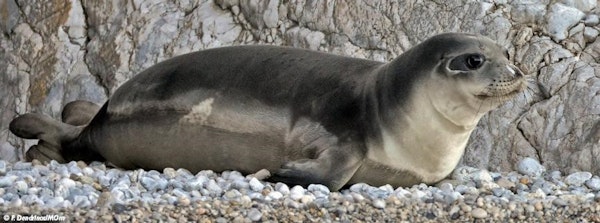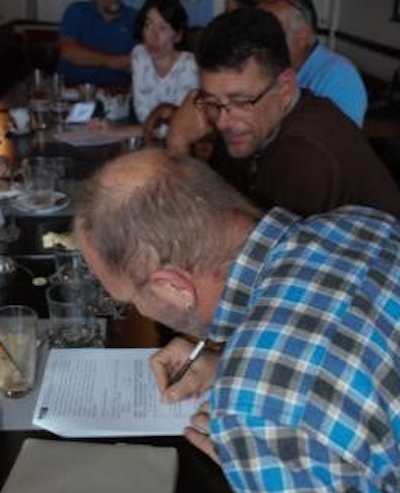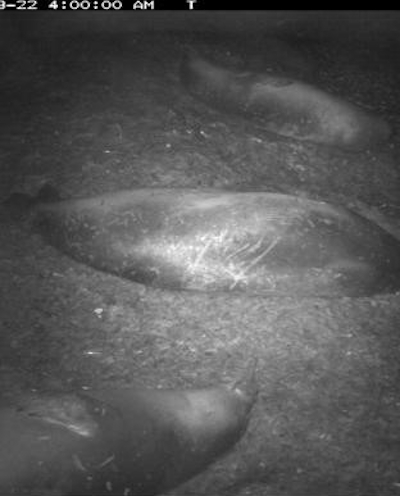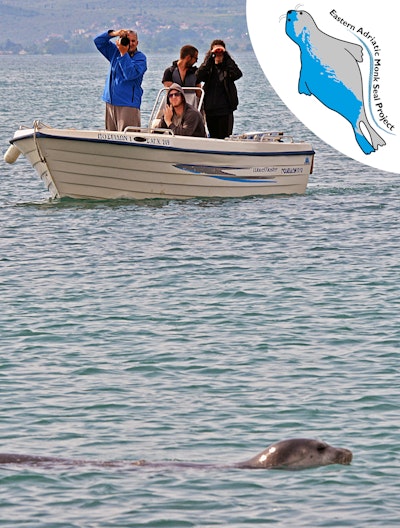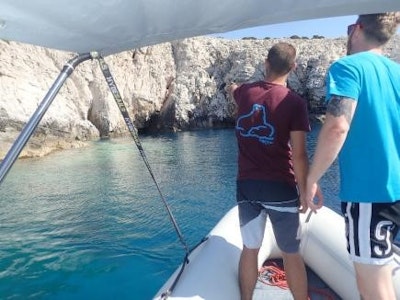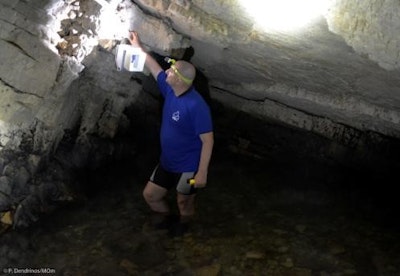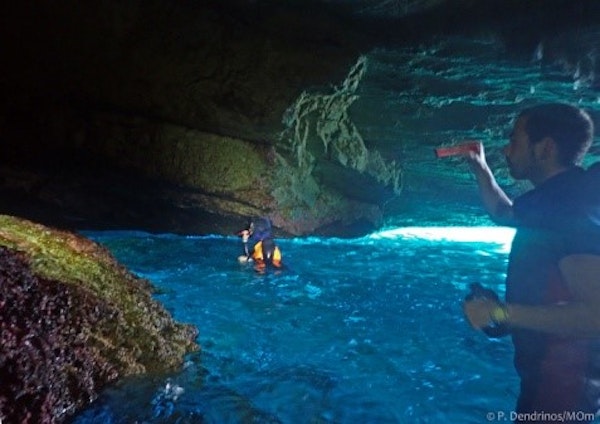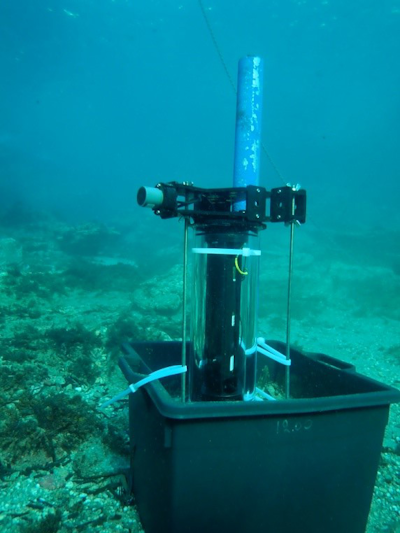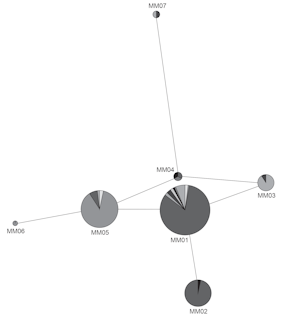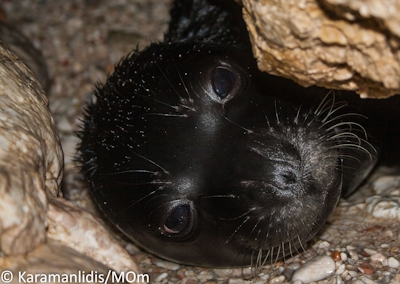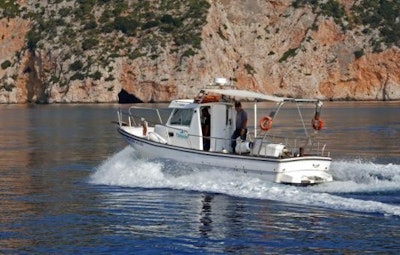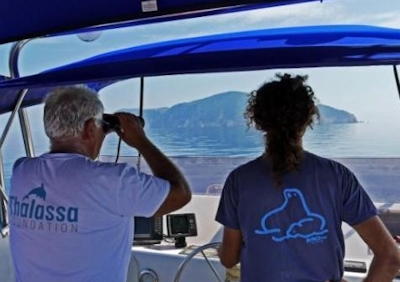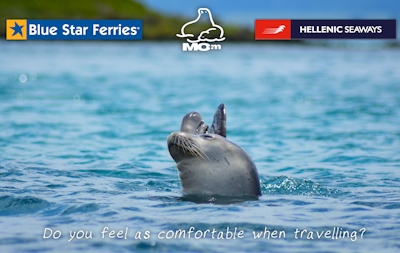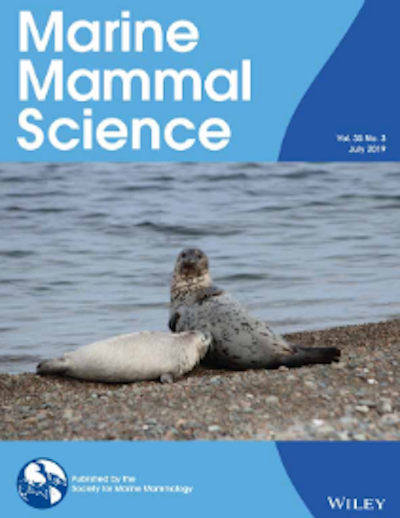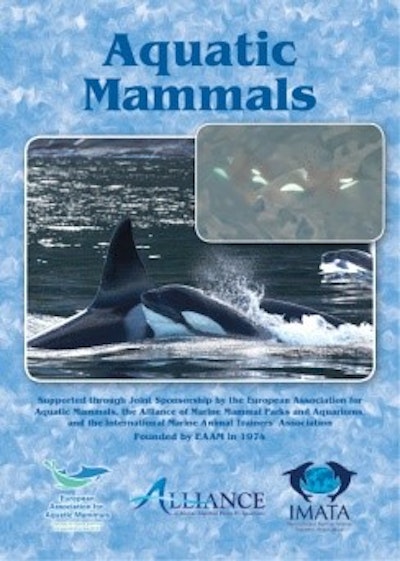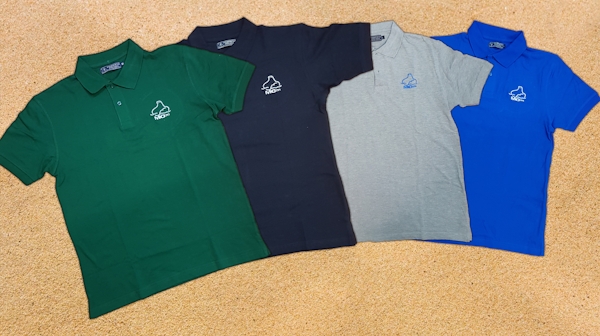If this newsletter doesn't appear correctly, please click here
|
|
|
The first newborn pups are here!
|
|
|
Although the main reproductive season for the Mediterranean monk seal in Greece starts from the beginning of September until the end of November, the first newborn pups for 2019 are already here! One was recorded in Northern Sporades, two in Cyclades and three in the Ionian Sea, a sign for a productive season for the species!
|
|
|
MOm's researchers constantly monitor births in many areas that are important for the species by collecting imporant data regarding the evolution of the population. We wish happy travels in the Greek seas for the new generation and we are always on alert in case we need to intervene. At this point, we would like to mention, once again, the extremely important contribution of all citizens in the protection of the Mediterranean monk seal.
Therefore, if you see a seal, let MOm know here.
|
|
|
Aiming to apply conservation and restoration actions for important habitats and species in the NATURA 2000 regions of Andros, MOm participates in this European project by recording the local population of Mediterranean monk seals, the pressures it is under and the application of protection measures. During previous expeditions, MOm's research team, in collaboration with the Spanish foundation CBD-Habitat, installed automatic camera systems in select refuges in Andros, Tinos and Gyaros, and recorded the birth of 11 pups in the region. At the same time, using specialized questionaires, they recorded the intensity of the interaction between seals and the fishing industry through interviews with local coastal fishermen, while discussing all the potential solutions to this issue.
|
|
|
| Funded by Euronatur Foundation, in 2018, MOm started collaborating with local environmental organizations of Albania (PPNEA), Montenegro (CZip) and Croatia (BIOM), aiming to provide technical know-how for the monitoring of the Mediterranean monk seal. During the first semester of 2019, the teams had the opportunity to meet in Lichadonisia in Greece where they had the chance to monitor the species and dwelve into the secrets of the monitoring process by MOm's experienced scientific team.
The project continued along the coasts of the Adriatic Sea, where MOm's researchers with their Croatian, Albanian and Montenegrin colleagues sailed a large portion of the coast, recording suitable refuges for the Mediterranean monk seal. One of the highlights of the project was the recording of a young monk seal in the coasts of Albania, which confirms the ability of the Greek population to spread to the Adriatic Sea coasts and recolonize its old areas of presence in the Mediterranean Sea.
Furthermore, MOm's field team completed the second stage of the Mediterranean monk seal population monitoring in the islands of the northern Ionian Sea, by installing an automated recording system in one of the most important reproduction caves.
|
|
|
The coasts of Mykonos and Amorgos hid a few surprises for MOm's researchers during their mission in the spring of 2019, which aimed to record suitable reproduction refuges for the species. Four monk seal pups, aged 2 to 6 months old, were spotted enjoying the protection of these marine caves. The completion of the mapping of the Cyclades islands is financially supported by the National Geographic Society. This particular action is part of a wider effort to record all ideal reproductive sites along the entire coastline of Greece, a significant task that MOm has taken up which is supported by many international institutions and mainly funded by the Thalassa Foundation.
|
|
|
| Using a specialized underwater microphone, MOm has started an acoustic research project in collaboration with the Neuroscience Institute of the University of Paris, the goal of which is to find out if monk seals use sounds under water to communicate with each other.
The microphone has already been installed in an area of intense reproductive activity and we are eagerly waiting for the first results to come through!
|
|
|
| Since 2010, MOm has been focusing on the genetic study of the Mediterranean monk seal, in order to develop effective conservation measures for the species. In 2019, MOm and EDB (Institut de Recherche pour le Développement, Laboratoire Evolution et Diversité Biologique, Université Paul Sabatier, Toulouse, France) initiated a new partnership/study in this field, aiming to study the demographic history of the Mediterranean monk seal in the eastern Mediterranean and develop a genetic protocol for monitoring the reproductive potential of the species in Greece. The project is led by EDB and funded by the FONDATION PRINCE ALBERT II DE MONACO. The study is notably based on the collection and analysis of genetic samples collected during necropsies and scats found in the resting shelters of the species.
|
|
|
| Once again for 2019, MOm, in collaboration with the Management Body of the National Marine Park of Alonissos, Northern Sporades, the Port Authority of Alonissos and the funding of the Thalassa Foundation, is coordinating the guarding of the NMPANS. Using two vessels, KIMOLOS and NEREIS and the contribution of the Park's guards, as well as other trained personnel, the 2200 sq. km. of the Park are guarded daily, enforcing all protection measures. The application of these measures over the course of many years has contributed, according to the latest scientific data, to the recovery of both fish stock and the populations of marine mammals in the area.
|
|
|
The monitoring of dolphin population in the National Marine Park of Alonissos continues for yet another year, with the participation of people from all over the world under the supervision of MOm's scientific team. The results of the project were recently presented in the 14th International Convention for the Ecology and Zoogeography of Greece and neighboring areas, in which many known scientists from Greece and abroad participated. According to the data presented, a rise in the population of dolphins living in the National Marine Park of Alonissos has been recorded, in constrast with other areas in the Mediterranean where a significant and worrying decrease in population numbers has been witnessed, setting the species in danger. This increase is mostly due to the protection measures in fisheries management that have been implemented in the part for the past 30 years.
|
| |
|
The Cyclades, an island complex in the center of the Aegean Sea, is a treasure for Greece and its natural environment. Watch the following video and witness the rich fauna and flora they host, as well as unique footage of some of the rarest species found in their waters, such as the Mediterranean monk seal Monachus monachus. The recent establishment of the Management Body for the Cyclades Protected Areas makes us hope that it will immensely contribute to the protection of this unique natural heritage.
https://youtu.be/SDfa57ueXwc
This video has been created with the support of the Cyclades Preservation Fund.
|
|
|
| Hellenic Seaways and Blue Star Ferries are standing by MOm for yet another year, making the travels of our researchers easier and their intervention in case of an emergency as immediate as possible in the islands of the Aegean!
We would like to thank them for their support!
|
|
|
Two new scientific publications by MOm's researchers have been published in some of the most famous and accredited magazines.
|
|
|
| Insights from 180 years of mitochondrial variability in the endangered Mediterranean monk seal (Monachus monachus)
Philippe Gaubert, Fabienne Justy, Giulia Mo, Alex Aguilar, Erdem Danyer, Asunción Borrell, Panagiotis Dendrinos (MOm), Bayram Öztürk, Roberta Improta, Arda M. Tonay, Alexandros A. Karamanlidis (MOm), 2019
This article is about the mitochondrial diversity of the species during the past 180 years through the analysis of samples, including historical ones from 1833 and 1975.
|
|
|
| Mediterranean Monk Seal (Monachus monachus) Behavior at Sea and Interactions with Boat Traffic: Implications for the Conservation of the Species in Greece
Elena Mpougas, James J. Waggitt, Panagiotis Dendrinos, Styliani Adamantopoulou, and Alexandros A. Karamanlidis, 2019
This article is based on data collected from Lichadonisia, across Kammena Vourla, a unique area in Greece where monk seals do not seem to be disturbed by the presence of humans and boats, despite being an ecotourist excursion objective.
|
|
|
Like every year, for 2019 MOm's financial support material is here! With many new designs and colors, let's offer our friends monk seal gifts! The support material has multiple goals. It is one of the most important financial assets of MOm, while at the same time it contributes to the environmental sensitization of citizens and their more active participation!
Support MOm's work by clicking here!
|
|
|
MΟm / Hellenic Society for the Study & Protection of the Monk Seal
Τel.: +30210-5222888, Fax: +30210-5222450
e-mail: support@mom.gr
|
|
|
| |


